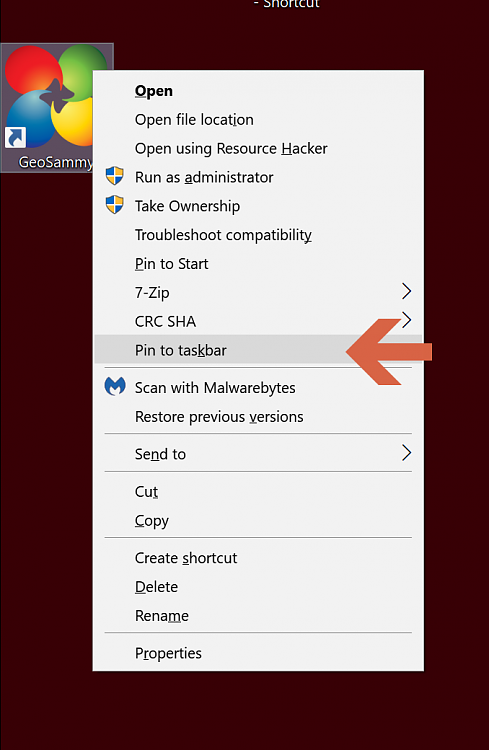

We are currently working on a major overhaul of InqScribe.įor OS X, InqScribe will use AV Foundation for media playback. Taking all of this into account, we’ve decided that future versions of InqScribe will no longer use QuickTime. With these vulnerabilities public, and Apple no longer supporting the software, it’s clear that QuickTime is no longer the way moving forward.
#Inqscribe for windows rt software
We’ve been very happy with the relationship between InqScribe and QuickTime, but the writing is on the wall: QuickTime is now over 20 years old, an eternity in software terms. QuickTime supports a range of media files, and through subtitle track support, giving our users a straightforward way to produce standalone subtitled movies. When InqScribe debuted 10 years ago, QuickTime was arguably in its prime. For more about these options, check out our “ What are the different ways to create a subtitled video?” article. Luckily, there are a number of different subtitling options available to InqScribe users via Windows Media Player, VLC Player, YouTube, Final Cut Pro, etc.
#Inqscribe for windows rt movie
Since you won’t be able to use InqScribe’s built-in subtitled QuickTime movie feature without QuickTime, you may need to find a new method of creating movies from your transcript. How Do I Make Subtitled Videos Without QuickTime? As long as your media files are supported by Windows Media Player, InqScribe will be able to play them as it normally does, and you may not notice any difference. If you choose to uninstall QuickTime, InqScribe will automatically switch over to Windows Media Player. You do not need QuickTime to run InqScribe on Windows–you can still use Windows Media Player for most files.


 0 kommentar(er)
0 kommentar(er)
